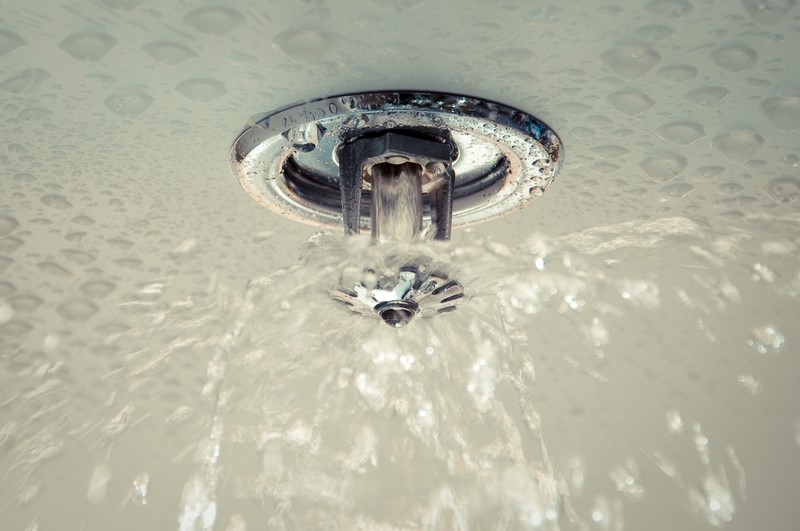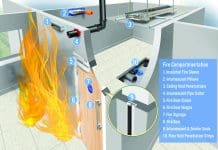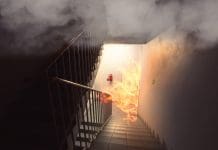Construction sites are some of the most dangerous working environments around, but when a site is correctly managed, there is nothing to worry about. Ensuring site fire safety is just one job of a site manager
You may be restoring an old structure to its former glory or building a garden village from the ground up. But you can start to reduce the huge variety of risks present by having a competent person carry out a fire risk assessment.
That will help you to identify all the potential fuel sources, or types of ignition, which are around. And with that knowledge, you can set about removing and reducing those risks as much as possible.
Then you can ensure your workers, contractors, subcontractors, and visitors remain safe at all times, and at all stages of the build.
Accidents are bound to happen; it’s human nature. But when you’re ready and prepared, you can quickly control a small incident with everyone kept safe.
Preventing and Protecting Against Fire
There’s no such thing as being over-prepared, and when you are it ensures that everything runs smoothly, even when it starts going wrong.
However, you can be underprepared. And that can have wide-ranging repercussions. Not only could a fire put lives at risk, but the financial costs can be massive and put people’s jobs on the line as well. And don’t forget a dent to your reputation as well.
Here’s a checklist to help with your building site fire safety:
- Fire risk assessment completed
- Quantities of flammable materials, liquids, and gases kept to a minimum
- All materials, equipment and LPGs are properly stored
- Smoking banned and other sources of ignition reduced
- Waste regularly collected and kept away from main areas of work
- Permit-to-work system in place for hot works
- Security measures in place to prevent unauthorised access 24/7
- Appropriate fire extinguishers and other firefighting equipment provided
- Firefighting equipment regularly checked and serviced according to manufacturer’s guidelines
- Training made available to staff on how to use firefighting equipment provided
- Fire wardens selected and trained
- Emergency plans in place and everyone informed of their duties and where the assembly point is
- A method of raising the alarm to everyone on site is in place, easily accessible, and working
- Evacuation routes clearly defined and kept clear of obstructions
- Fire drills practised, with their success monitored
- Correct safety signs installed all around the site where they are clearly displayed
- Fire risk assessment reviewed every time a major change occurs.
Statistics state that over 70% of businesses involved in a major fire either do not reopen, or fail within three years, so it makes sense to do everything practically possible to prevent and protect against fire.
To find out more information about fire risk assessments and site fire safety equipment for construction sites, visit www.fireprotectiononline.co.uk/site-safety.
Stuart Collyer
Fire Protection Online
www.fireprotectiononline.co.uk/




![[Video] Enhancing safety with fire doors: A case study of Marina Care Home](https://www.pbctoday.co.uk/news/wp-content/uploads/2025/06/maxresdefault-218x150.jpg)




![[VIDEO] Making DorTrak reports easy to read with Fireco Inspecting fire doors at Fireco, firedoor technology, 2023](https://www.pbctoday.co.uk/news/wp-content/uploads/2024/04/JPZ_2364-web-218x150.jpg)




